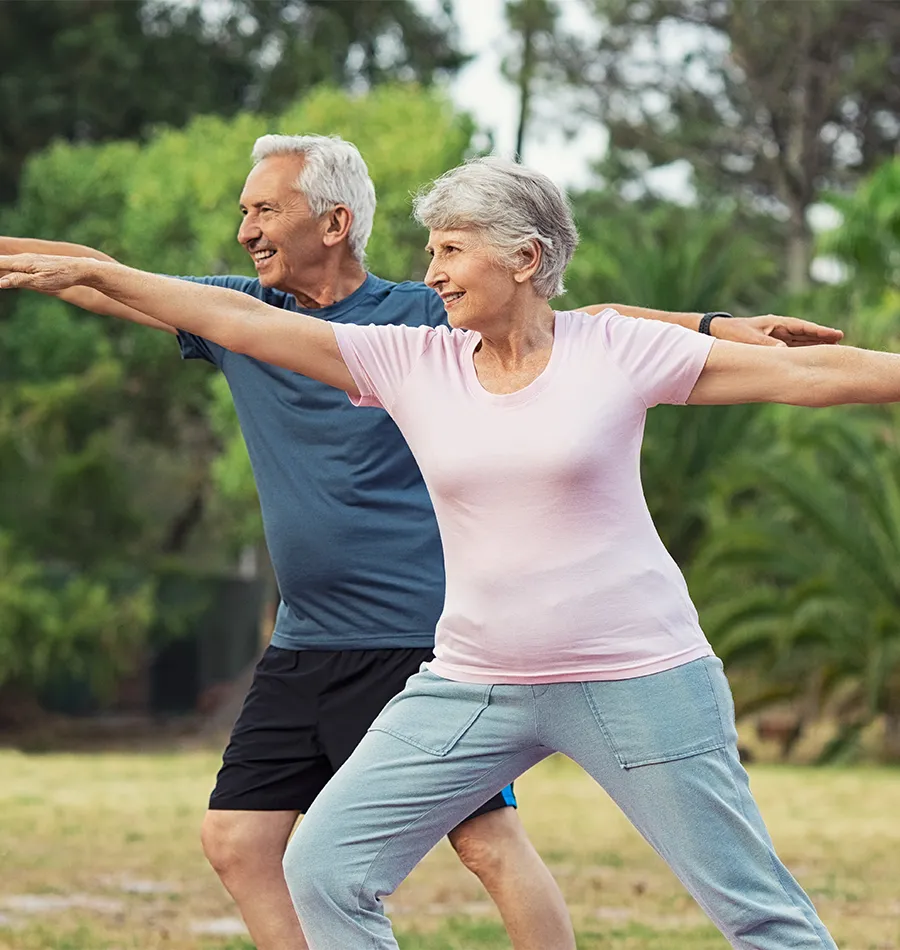Cardio-training (prolonged exercise of varying intensity) or other aerobic activity preserves the brain’s cognitive function in old age. Resistance exercises are recommended to keep the brain functioning optimally, but if this is not possible, there are other ways that are accessible to everyone, such as climbing stairs or simply frequently going for walks.
A study conducted by a team of researchers investigating the effects of one year of progressive, moderate to vigorous aerobic exercise on cerebral blood flow, central arterial stiffness and cognitive performance in cognitively normal older people showed that, that one year of progressive, moderate or vigorous aerobic exercise increased cerebral blood flow and reduced carotid artery stiffness and cerebrovascular resistance, which is associated with improved memory function in cognitively normal elderly people.
So, if you want to prevent brain ageing, practise physical aerobic activity. This could be 10,000 steps a day, 3-5 times a week. Of those 10,000 steps, about 3,000 are recommended at a faster pace to increase the heart rate to 120-140 bpm. This regime also releases the so-called “drug” myokines, which are released from the muscles to important organs, including the brain, restoring neurons and rejuvenating them.






